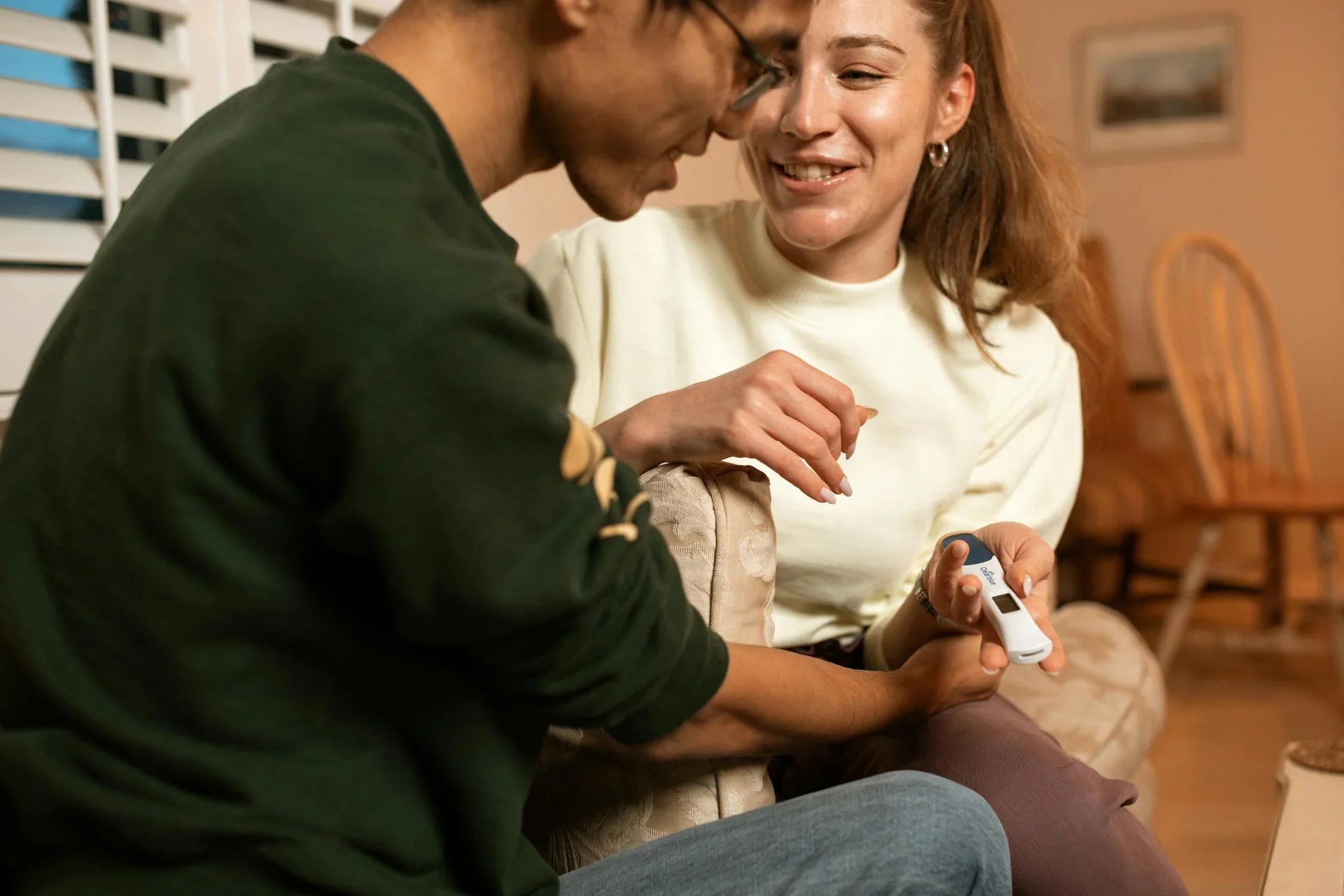Home
Pregnancy, Breastfeeding, and Pumping: The Ultimate Guide for Moms
How Can You Make a Pregnancy Test at Home: A Comprehensive Guide

How Can You Make a Pregnancy Test at Home: A Comprehensive Guide
Are you curious about how you can make a pregnancy test at home? Whether you're trying to conceive or just want to know for peace of mind, there are several natural methods you can try. While these home tests are not as accurate as medical-grade tests, they can provide some insight. This article will guide you through the process and explain the science behind these methods.
Understanding the Basics of Pregnancy Tests
Before diving into how you can make a pregnancy test at home, it's essential to understand how pregnancy tests work. Pregnancy tests detect the presence of human chorionic gonadotropin (hCG), a hormone produced during pregnancy. This hormone is present in urine and blood, and its levels increase significantly in the early stages of pregnancy.
Using Sugar for a Home Pregnancy Test
One of the simplest methods to make a pregnancy test at home involves using sugar. Here's how you can do it:
- Collect a small amount of your first-morning urine in a clean container.
- Add a tablespoon of sugar to the urine.
- Wait for a few minutes and observe the reaction.
If the sugar dissolves, it is likely that you are not pregnant. However, if the sugar forms clumps, it could indicate the presence of hCG, suggesting a possible pregnancy.
The Toothpaste Pregnancy Test
Another popular method is the toothpaste pregnancy test. Follow these steps:
- Place a small amount of white toothpaste in a clean container.
- Add a few drops of your first-morning urine to the toothpaste.
- Wait for a few minutes and observe any changes.
If the toothpaste changes color or becomes frothy, it might indicate a positive result. However, this method is not scientifically proven and should be taken with caution.
Using Vinegar as a Pregnancy Indicator
Vinegar is another household item that can be used to make a pregnancy test at home. Here's how:
- Collect a small amount of your first-morning urine in a clean container.
- Add an equal amount of white vinegar to the urine.
- Wait for a few minutes and observe any changes.
If the mixture changes color or forms bubbles, it could indicate the presence of hCG, suggesting a possible pregnancy. However, like other home methods, this is not a definitive test.
The Dandelion Leaf Test
For those who prefer a more natural approach, the dandelion leaf test is an option. Here's how to perform it:
- Place a few dandelion leaves on a clean surface.
- Add a few drops of your first-morning urine to the leaves.
- Wait for about 10 minutes and observe any changes.
If the leaves develop reddish spots, it might indicate a positive result. This method is based on anecdotal evidence and is not scientifically validated.
Understanding the Limitations of Home Pregnancy Tests
While these methods can be intriguing, it's crucial to understand their limitations. Home pregnancy tests are not as accurate as medical-grade tests and can produce false positives or negatives. Factors such as the concentration of hCG in your urine, the timing of the test, and the method used can all affect the results.
When to Seek Medical Advice
If you suspect you might be pregnant, it's always best to consult a healthcare professional. They can provide a more accurate test and guide you through the next steps. Early prenatal care is essential for the health of both the mother and the baby.
Exploring how you can make a pregnancy test at home can be an exciting and educational experience. While these methods offer a glimpse into the possibility of pregnancy, they should not replace professional medical advice. Always consult a healthcare provider for accurate results and guidance. Whether you're trying to conceive or just curious, understanding your body is the first step toward a healthy pregnancy journey.
Share

